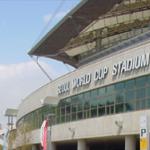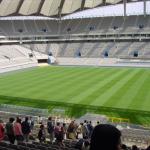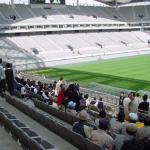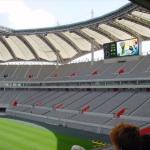Seoul World Cup Fever!
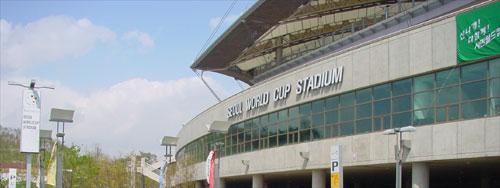
Located in Sangam-dong, Mapo-gu, Seoul, Korea, the Seoul World Cup Stadium has a total area of 216,712 sq m, with 58,747 m2 of building area and a total floor area of 150,784 sq m. Built in a rectangular shape, the stadium has 1 basement floor and 6 floors altogether. It can accommodate 64,677 seats with 832 VIP seating, 2100 press seating, and 75 6-typed membership rooms with 12-29 seats each. It is located on the 4th tier.
Image © 2002 Audrey Lim
A story told with photos.
 ThingsAsian
ThingsAsian